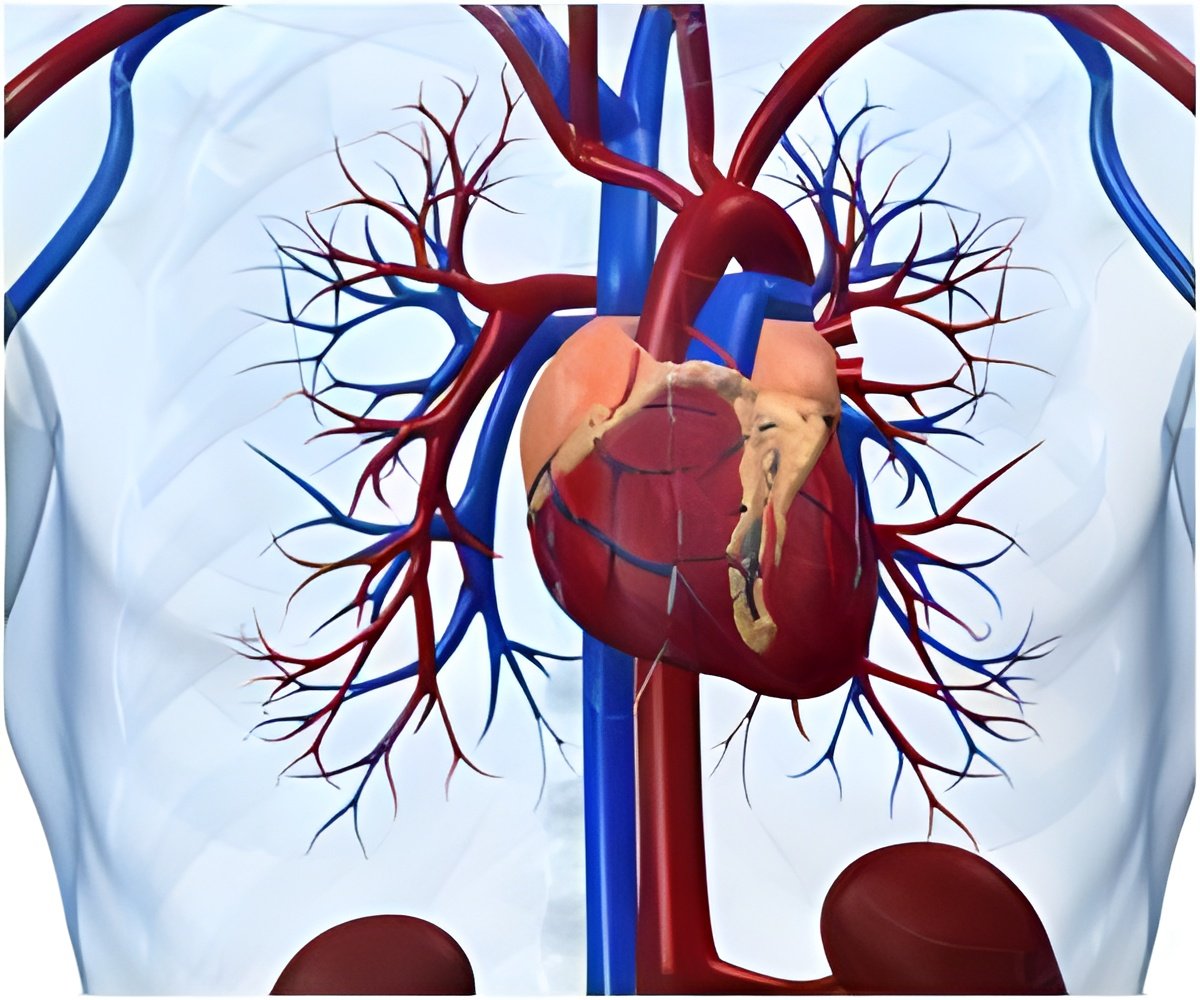
Our chances of succumbing to cardiovascular disease (CVD) are strongly connected to our lifestyles. Smoking, an unhealthy diet, physical inactivity, and stress can all take their toll. According to The World Health Organization (WHO), over three-quarters of all CVD mortality could be prevented with adequate lifestyle changes. CVD prevention is a society-wide effort, and needs a co-ordinated set of actions at both public and individual level. Health experts use cardiovascular epidemiology and evidence based medicine to uncover the most effective paths to prevention.
In the new joint European Guidelines, healthcare providers will find answers to key questions including:
- What is CVD prevention?
- Why is it needed?
- Who should benefit from it?
- How can CVD prevention be applied?
- When is the right moment to act?
- Where should prevention programmes be provided and implemented?
According to the experts behind the review, atherosclerotic CVD (furring of the arteries) remains the leading cause of premature death worldwide. CVD affects both men and women; of all deaths that occur before age 75 in Europe, 42% are due to CVD in women and 38% in men.
Prevention works. Over 50% of the reductions seen in coronary heart disease mortality relate to changes in risk factors, and 40% to improved treatments. This is a lifelong endeavour – we should begin efforts to prevent CVD from birth – if not before.
In terms of prevention, the experts say it's not just those most at risk that should be targeted. Education programmes aimed at the entire population are still needed. Even though there are some gaps in our understanding, there is ample evidence to justify intensive public health and individual preventive efforts.
Advertisement
This version of the joint guidelines updates the previous one issued in 2007. There is a greater focus on new scientific knowledge, and grading systems are deployed, which allow more evidence-based recommendations to be adapted to clinical practice's requirements.
Advertisement
"The authors of the guidelines hope that this document will advocate a real partnership among politicians, physicians, allied health personnel, scientific associations, heart foundations, voluntary organizations, and consumers' associations. Using the complete spectrum of evidence in medicine from experimental trials to observations in populations, the aim is to foster both health promotion at the population level and primary and cardiovascular prevention at the clinical level" the JTF concluded.
Source-Eurekalert










